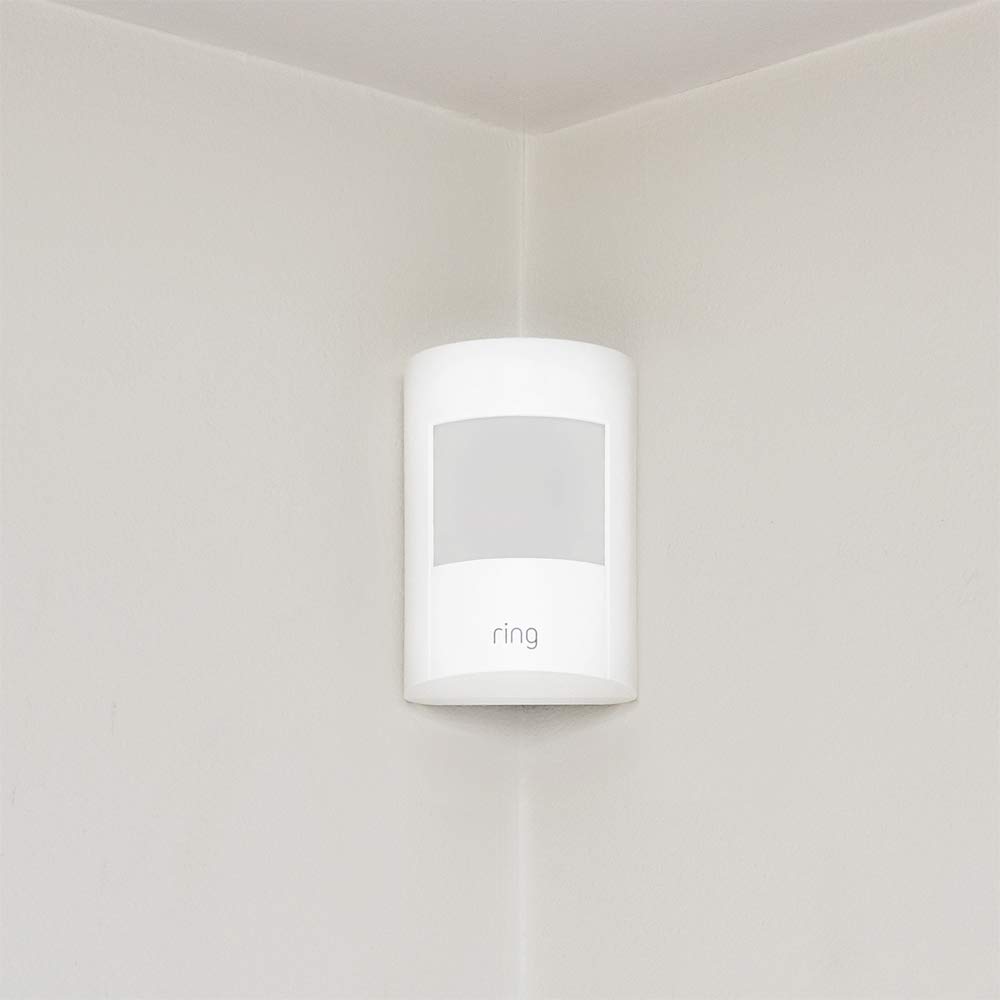

Ring has moved the pairing and reset buttons, but it retained the LEDs to indicate wireless connectivity and power. A USB-C power port replaces the barrel connector on the earlier models, and there’s a new and welcome feature: a microSD card slot that lets you store video footage from your Ring video doorbell and security cameras (more on that later). Thanks largely to the router integration, the Ring Alarm Pro has gained a pair of gigabit ethernet ports in back. Prima facie, embedding a router in the Ring Alarm Pro feels like a step towards that great unified smart home system Ring has long promised to deliver, but it’s not there yet, for reasons I’ll cover below.

Here again, however, the Ring Alarm Pro costs only $50 more and it includes a lot of extra features. If you’re new to Ring Alarm and don’t need-or just don’t want-a new mesh Wi-Fi router with your alarm system, you might consider buying the second-generation Ring Alarm instead. Ports on the Ring Alarm Pro (left to right): Two auto-sensing gigabit ethernet ports (one for WAN, one for LAN), a USB-C port for power, and a microSD card slot for storing video from Ring cameras. In addition to the kit, Ring also sent a Ring Stick Up Cam Battery, a Ring Power Pack backup battery, and an additional Eero 6 node. You’d be better off buying the kit and deploying the motion sensor, four door/window sensors, keypad, and range extender around the house.
#RING ALARM UPGRADE#
Existing Ring Alarm users can upgrade just the hub for $250, but that’s only $50 less than the entire eight-piece kit reviewed here.


 0 kommentar(er)
0 kommentar(er)
